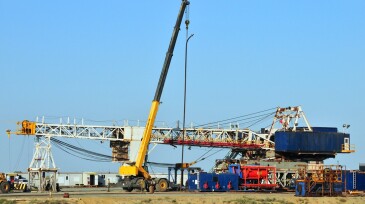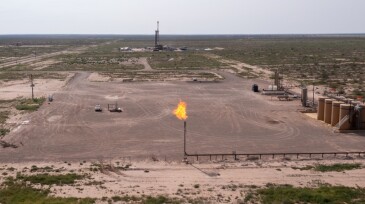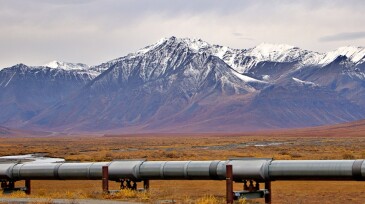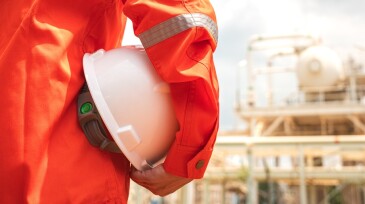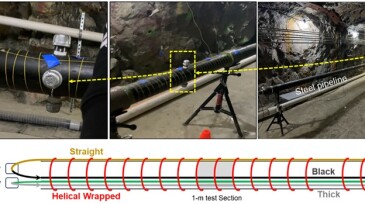HSE
-
This paper explores the integration of human factors engineering principles into rig move planning to enhance safety in the oil and gas industry. It discusses the significance of considering human factors such as fatigue, stress, communication, and decision-making in rig move operations.
-
The author writes that Brazil can benefit by mirroring what proved decisive for CCS deployment in the US through a sovereign fiscal regime anchored by monetizing verified storage.
-
The new report shows that the intensity of methane emissions in the Permian Basin declined by more than half over 2 years.
-
With Brazil enacting South America’s first carbon capture and storage (CCS) law, this article examines the technical and regulatory architecture required to scale CCS deployment and provides exclusive insight into Brazil’s accelerating CCS landscape.
-
This paper presents the bioremediation of oil-contaminated soil by the application of microorganisms immobilized in coconut fiber.
-
This paper presents a smart safety monitoring system to prevent accidents in environments with moving machinery at use on various global rigs.
-
The facility has more than 100,000 solar panels and is capable of producing 65 MW.
-
Work by researchers at the University of Saskatchewan aims to advance the understanding of clathrate hydrates, crystal cages of ice that can trap gas and liquids.
-
Members of the International Association of Oil and Gas Producers reported 32 fatalities and a 26% jump in hours worked in 2024, which lowered the rate by 0.03 per million hours worked.
-
Unlike traditional inspection methods, distributed fiber-optic sensing offers continuous, real-time monitoring capabilities, allowing for early detection and response to potential leaks, which is especially crucial in remote or inaccessible locations.

